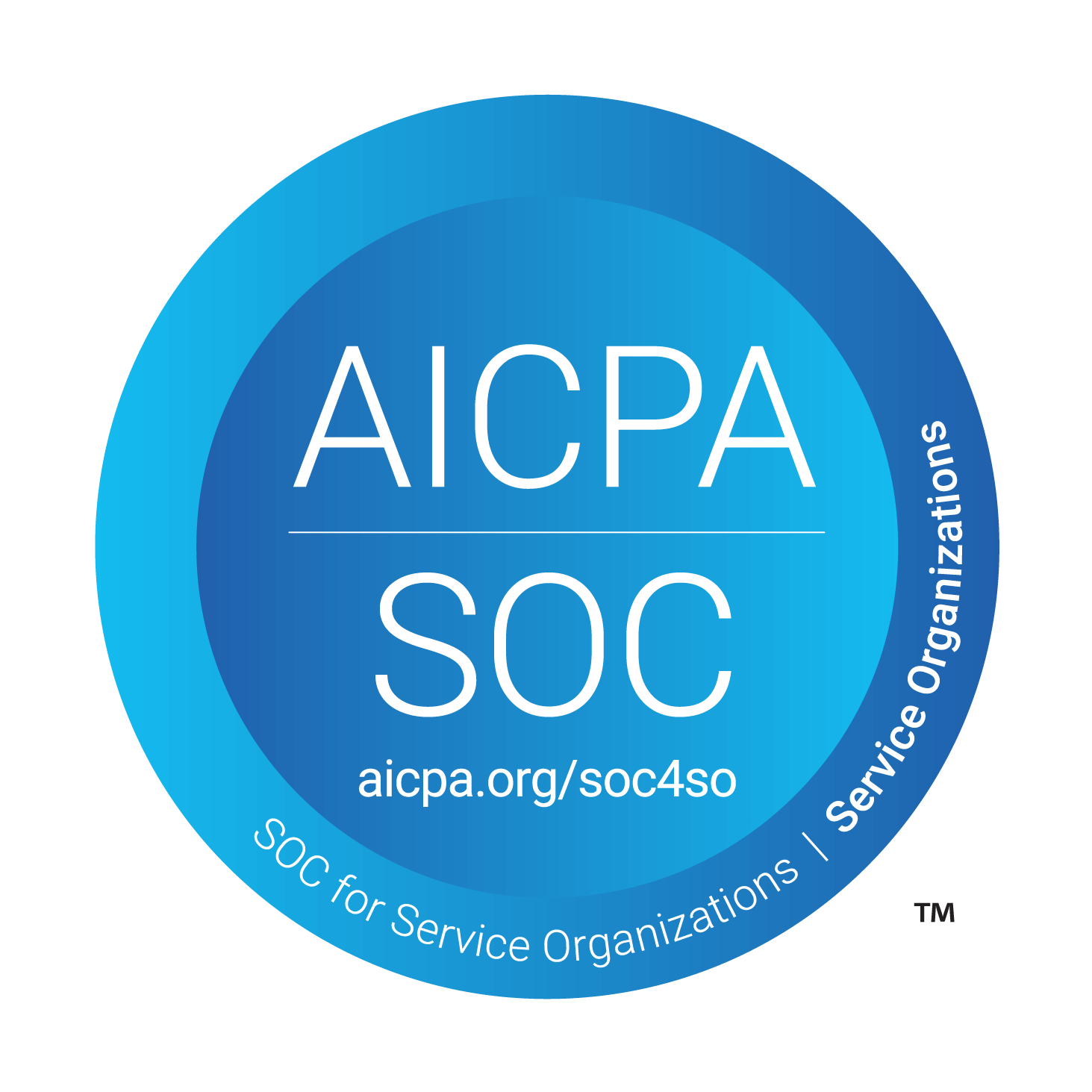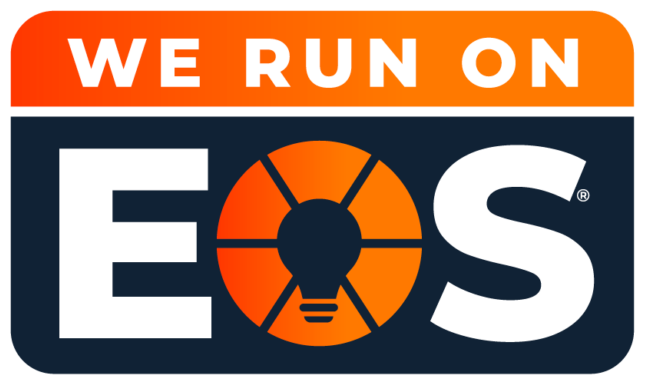Cybersecurity Ecosystem Assessment
Gain Complete Visibility Into Your Security Posture
When security tools and policies are spread across multiple vendors, blind spots can emerge. Our Cybersecurity Ecosystem Assessment gives leaders a clear, vendor-neutral view of your entire IT security landscape—so you can identify gaps, eliminate redundancies, and reduce risk without disrupting existing relationships.





